Summary
- The Legend of Zelda film should avoid the franchise’s complicated timeline to attract non-gamers.
- Nintendo’s official timeline for Zelda is inconsistent with many glaring discrepancies.
- The Zelda movie should draw inspiration from Breath of the Wild, embracing an original narrative.
Audiences know very little about the upcoming Legend of Zelda film. The announcements so far have been light on story details, but if the live-action franchise wants to draw in a larger crowd of non-gamers, it should steer away from the franchise’s complex timeline.
Fans have always speculated on how all the Zelda games could fit together in a singular, canonized timeline. Many of its titles featured widely ranging, different locations, and alternate versions of Hyrule with distinctive interpretations of previous characters. There was some overlap, as titles like The Wind Waker or Majora’s Mask were both direct sequels to Ocarina of Time, following two separate universes that broke off from Ocarina’s time-travelling shenanigans.
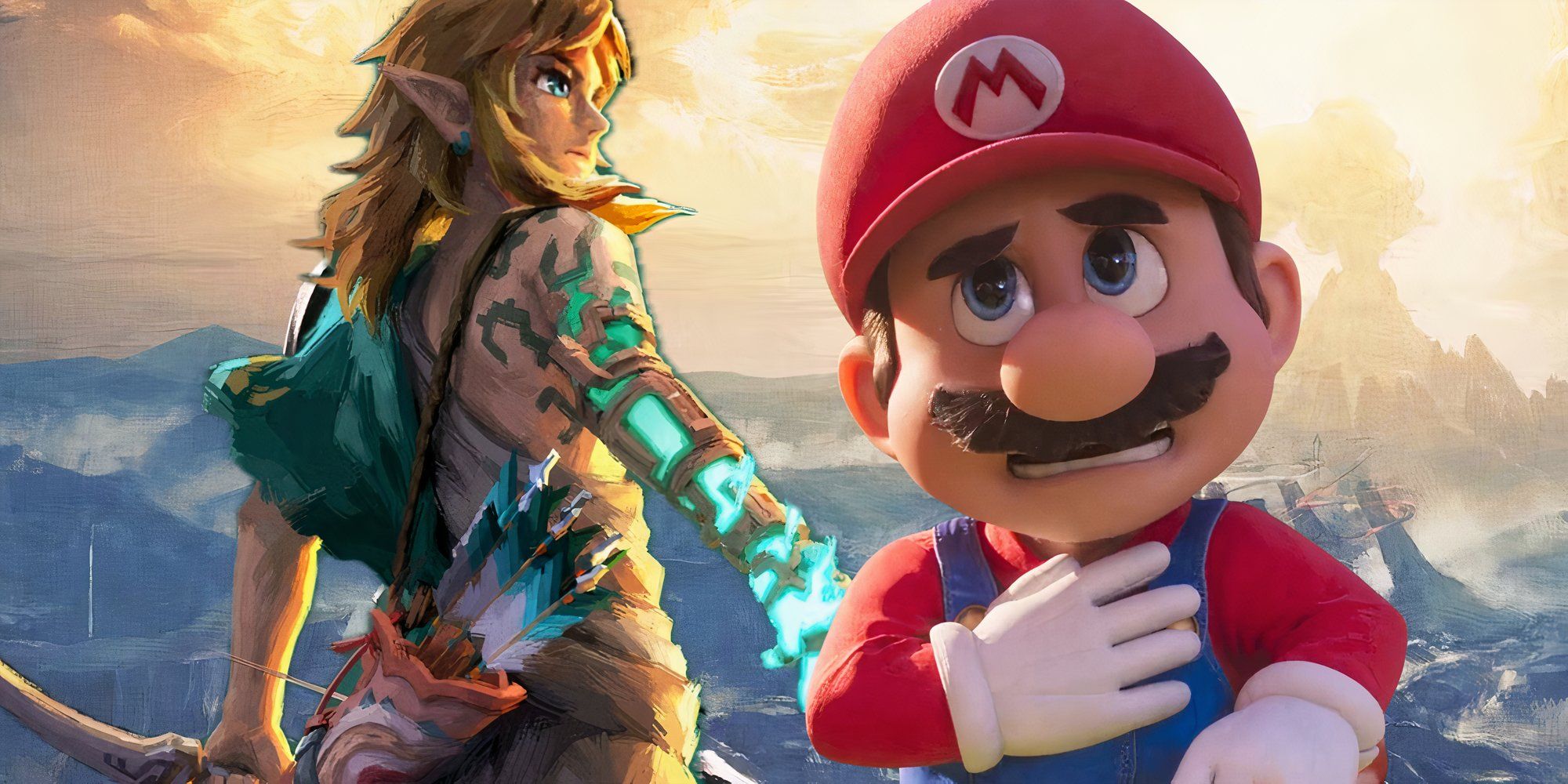
Related
Nintendo’s Big Challenge: The Legend of Zelda Is Going To Be Harder To Adapt Than Mario
Nintendo’s next big film release may prove to be more difficult.
Well, in 2011, Nintendo led with this and published an official timeline in the Hyrule Historia, as part of the series’ 25th Anniversary in conjunction with the release of Skyward Sword, which itself was an origin story for the overarching series. At the end of Ocarina, after the defeat of Ganondorf, Adult Link travels back to be in his own period, the Child Timeline, and the world that he leaves becomes the Adult Timeline. Another, previously unknown branch, the Fallen Hero Timeline, in which Link fails to defeat Ganon, leads to a world in which the original 80s games take place. The timeline also included spin-off titles like Four Swords Adventures and The Minish Cap.
The idea that somehow, all of these adventures could fit into a linear, split chronology was quite puzzling. Even if the timeline flowed correctly on a historical Hylian basis, it was a stretch at best, and completely nonsensical at worst, due to the major inconsistencies found within the series. Hyrule’s map has changed half a dozen times geographically, something only possible with serious tectonic movement, which couldn’t have occurred in the time jumps between titles. Races have come and gone out of nowhere, notably the Zora’s transformation into the Rito by The Wind Waker, even though there was no biological explanation for this evolutionary jump, and even more perplexing, their bird speciation taking place in the setting of a vast ocean. The timeline, if anything, felt like Nintendo’s attempt at a fan theory, and was perhaps intended to silence an online discussion that had gone unanswered for far too long.
The timeline is a mess. Any Legend of Zelda film looking to distinguish itself as a standout addition to this extensive and historic video game lore should seriously consider putting a good deal of water between itself and this bewildering legacy of Link’s escapades.
The Legend of Zelda Movie Should Follow Breath of the Wild & Unite All The Game’s Best Aspects
One of the more brilliant strokes of genius Nintendo managed to pull off during the Switch generation was to give the Super Mario and Zelda franchises a soft reset. Both properties had begun to run out of steam on the Wii U and Nintendo’s DS line of products, with Zelda not having received a main-line title since 2011, and Mario mainly sticking to its traditional platformer format. The Legend of Zelda: Breath of the Wild was the series’ first open-world outing, distancing itself from its predecessors by placing its chronology tens of thousands of years after the official timeline, leaving its connection to games like Ocarina and The Wind Waker strangely vague.
After much speculation, Nintendo has since confirmed that, because it’s set so far in Zelda’s distant future, the split Adult and Child Timelines have reformed back together at some point. How and when this rejoining of Hyrule’s history occurred is still completely unknown. Hyrule was permanently flooded in the Adult Timeline, but the waters must have receded at some point. Given the ridiculous amount of rock salt to be found on Breath of the Wild’s map, it’s not exactly out of the question. More recently, during a Nintendo Live 2024 event in Sydney, the timeline was showcased once again, with Breath of the Wild’s placement almost seeming to be separated canonically.
Given the fact that Nintendo shapes the timeline to their needs whenever a new, major title is released, should fans really even care about a perfect, all-encompassing canon? Nintendo doesn’t treat the chronology of these games as set in stone because to do so would rob them of their creative freedom. They’ve made clear before that the in-universe justification for these changes is that the plots of these games are themselves legends passed down between generations, so the timeline should broadly be treated as hearsay anyway. This liberal approach to Zelda’s history actually played to Breath of the Wild’s strengths. The game was able to encompass so many different aspects of the franchise, including locations, references, cameos, and giving the villain Ganondorf an interesting reimagining as Calamity Ganon.
The film should do everything it can to follow suit in this. Breath of the Wild became a great jumping on point for a raft of new Zelda fans on the Switch’s release, and the movie can do the same by throwing out this old patchwork Zelda tapestry. Similarly to how The Super Mario Bros. Movie was able to draw in a crowd, while still honoring Mario’s legacy, The Legend of Zelda film should be an amalgamation of Zelda’s best parts. It should be an interesting, original live-action narrative that stands apart from a timeline which will only continue to grow and change regardless of what an adaptation looks like.
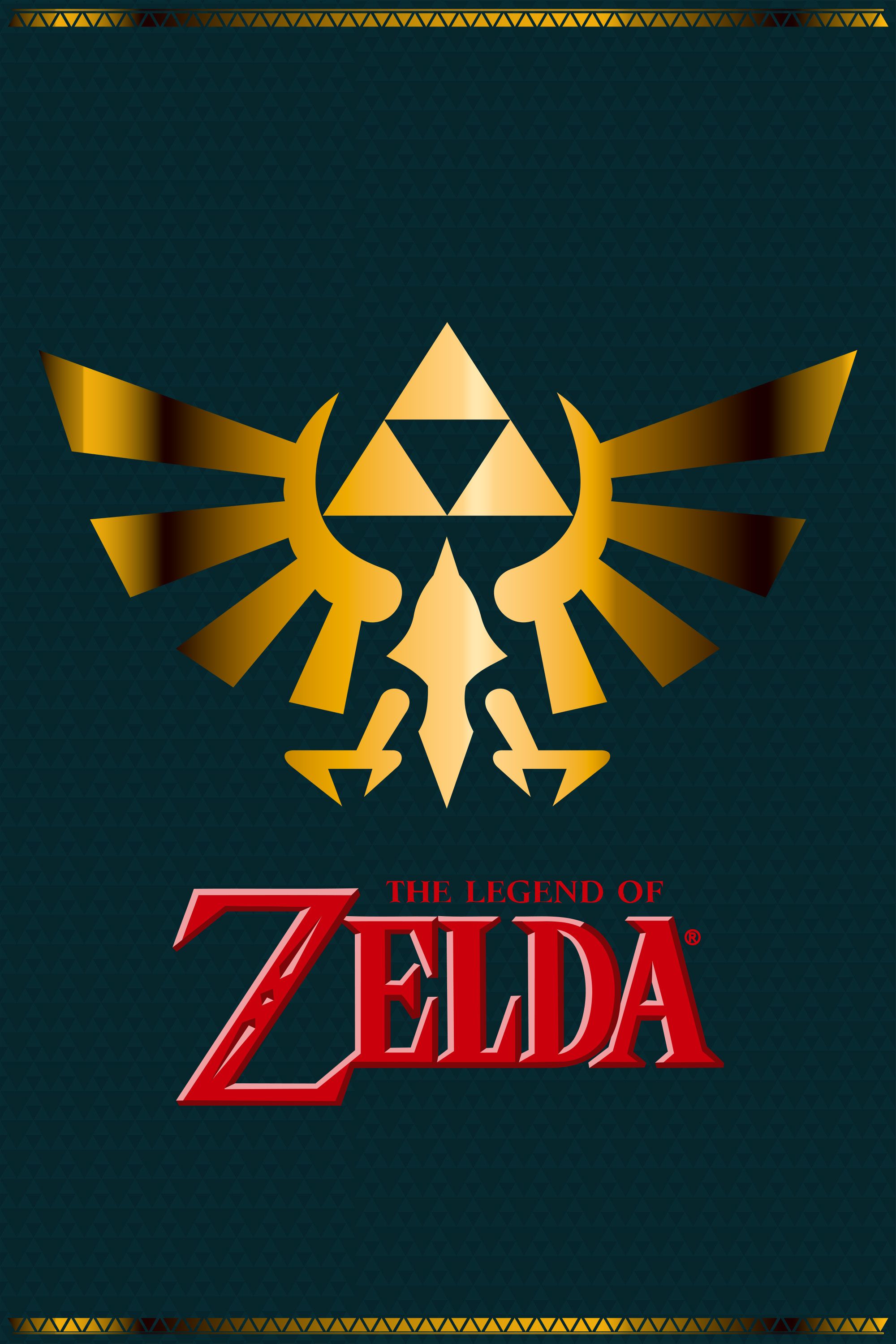
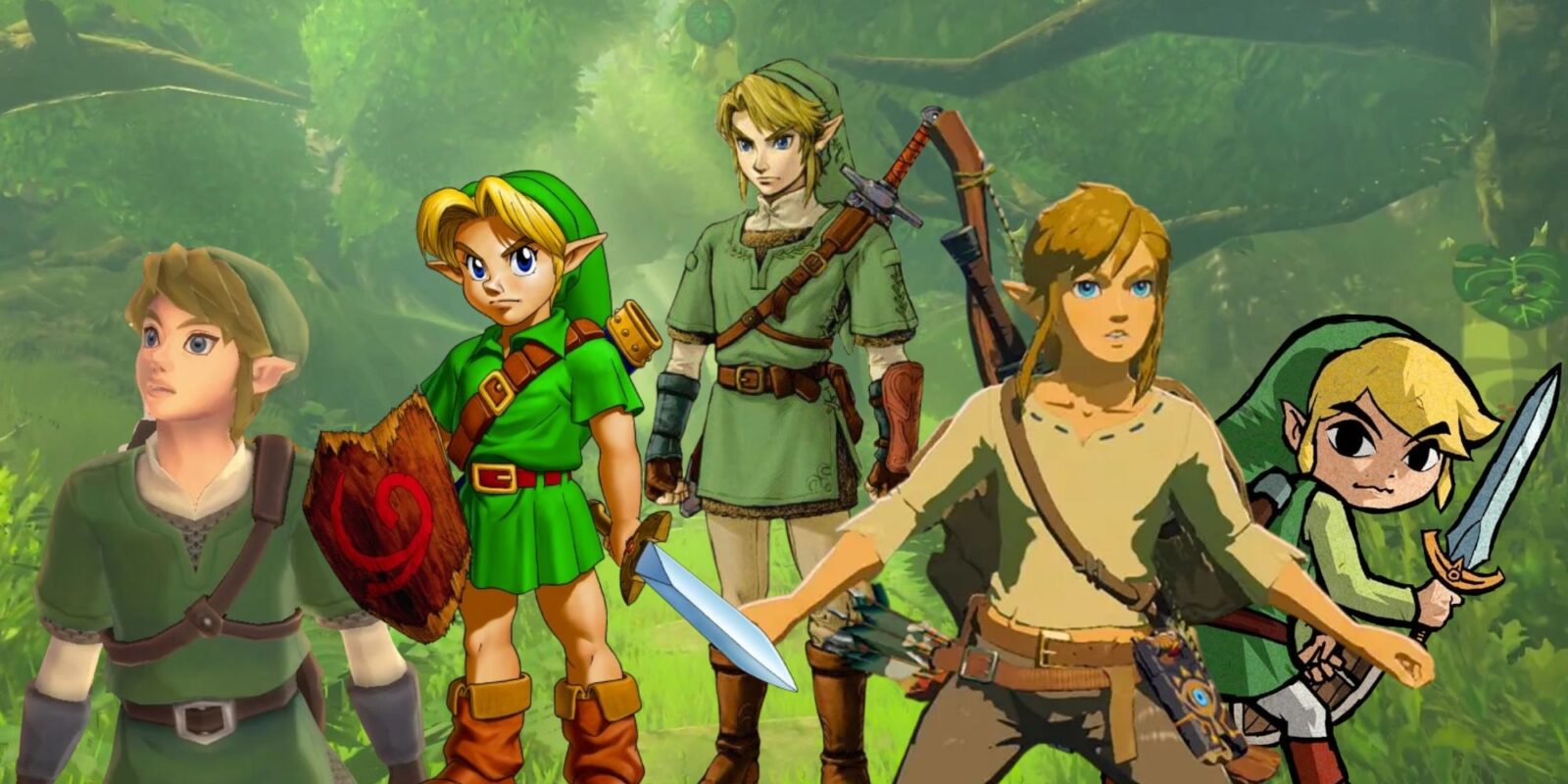
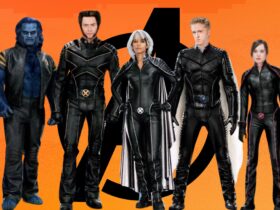
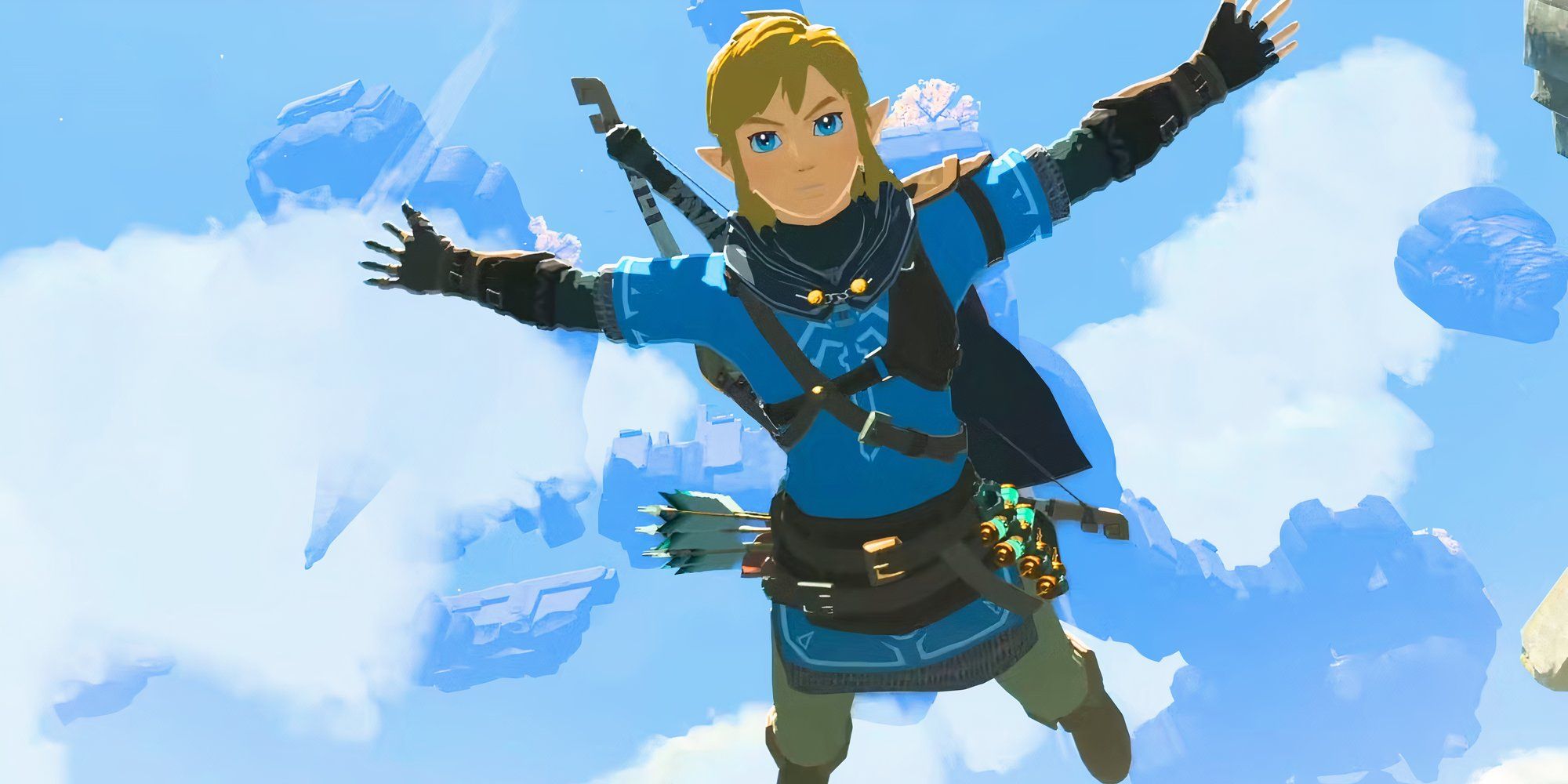
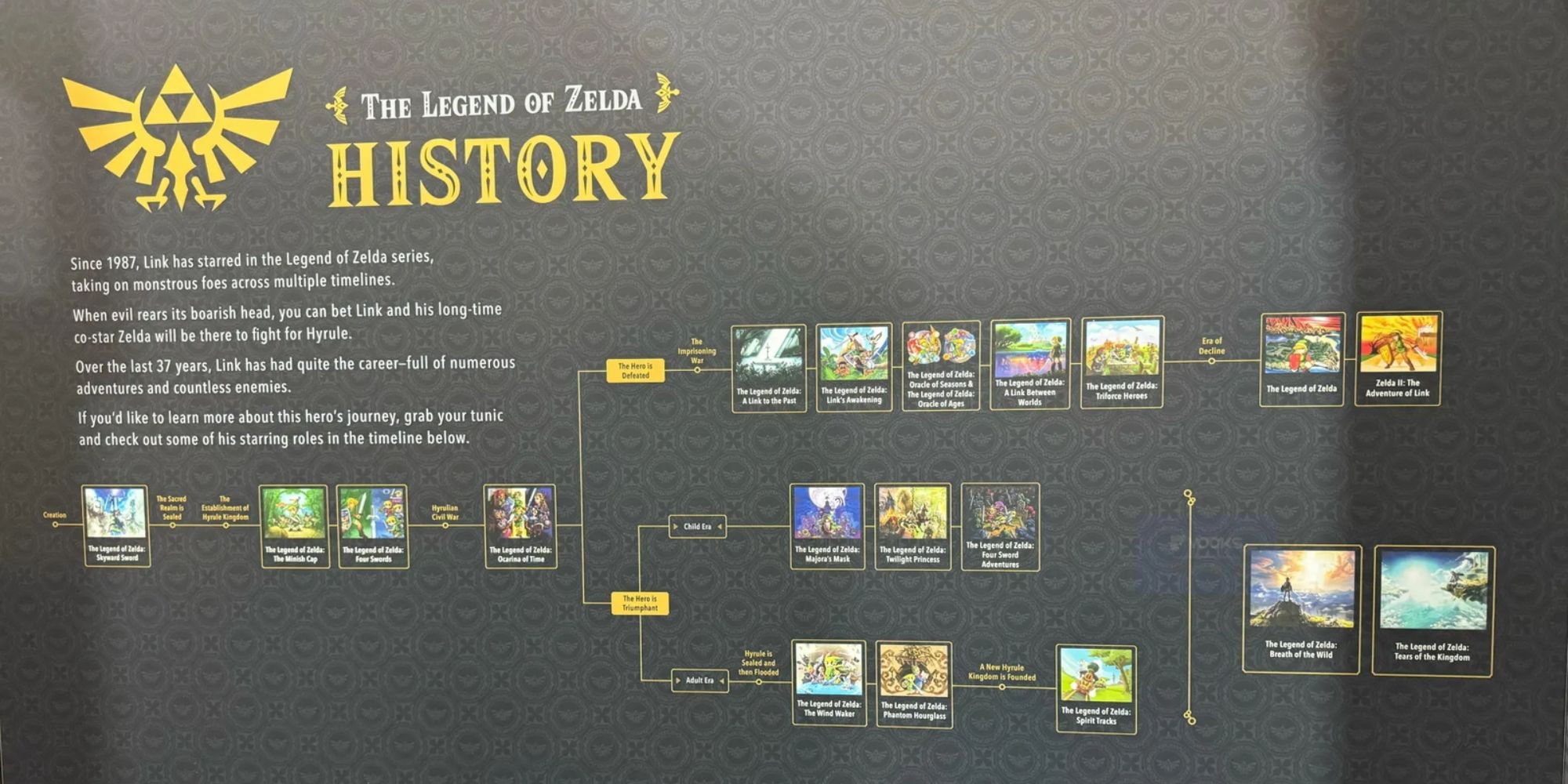
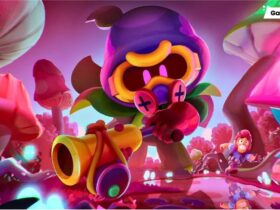

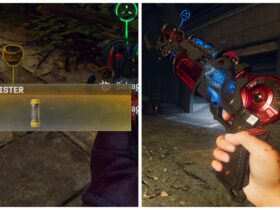






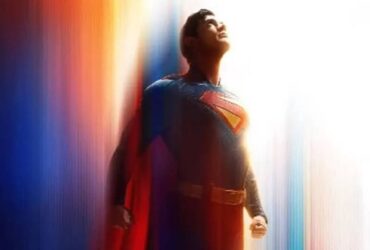
Leave a Reply